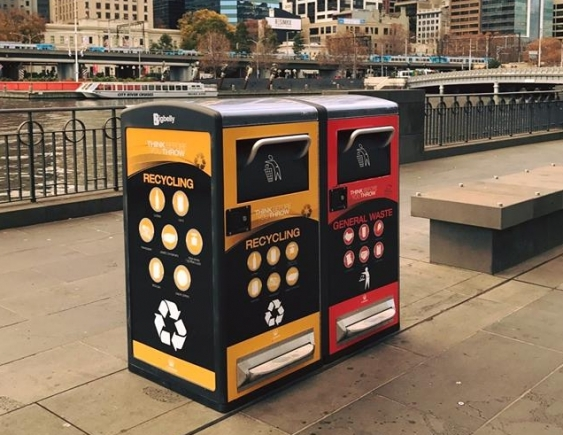Service Design - Carol Block 1 Class 1
Service Design
-think about the wider ecology that the product is in
-service design helps to innovate and import an existing services to make them more useful, usable, desirable for clients and efficient as well as effective for organisations. It is a new holistic, multi-disciplinary, integrative field. -Stefan Moritz (2005
-
Project:
Interactive Street Furniture - innovative, exciting and digitally advanced
- ex. recycle bins (survey ?'s, Personas, initial sketches, final concept with description for parts and functionality)
- ex. Artistic, political, inclusive,
My Ideas
- As you drive by certain areas message is sent to a car(cautions etc)
- Train stations: boring, no cell service, dirty, sometimes scary. Train track open and dangerous. We can create a wall with doors that has an entertainment, information and safety design. Information: show the city and advertise places to visit (new business that can use some support, Accessibility: button to call service for those in wheel chairs needing a ramp OR the wall can include automatic ramps) NO MORE MIND THE GAP (Mind the Tap) or Don't Mind the Gap
- Immersive and transporting spaces near offices or areas with workers that have stressful jobs that could use an escape
Research & Ideation:
- What are smart cities?
A: A smart city is a city that uses electronic methods and sensors to collect data and use it to improve the efficiency and quality of its services and resources1
-Interactive street furniture examples: Furniture doesn't have to be the stereotypical bench or table. It can be an instalment or
Reflection: We did independent research on what smart cities are and what are some example of interactive furniture. Then Mingyu, Nirmal and I discussed examples we found. Mingyu and I had similar experiences with immerse artworks and smart technology used to help women feel safer. We discussed bridges, underpasses and help beacons used to enhance experiences and safety.
Aimee Mullins: Super Abled. Changing perspectives. Augmentation for potential. The first thing that came to my mind was (especially because she is clearly American) sure we can turn a disability into super abled if you have the money, network or resources. How realistic is it that people with disabilities get access to tools that enhance their bodies or areas that are considered a disability.
Chinese separated sidewalks: cell phone users and non-distracted lines. On one hand it's nice for those that are in a hurry and don't want slow distracted walkers in their way. However, now you have all the people no paying attention all together. In my mind this would result in more mishaps of people running into each other. At least when it is mixed we have those looking out for the distracted walkers.
Reflection on going outside:
- allows us to analyse spaces considering others besides our own experiences
- we considered accessibility paths and equipment's
- we were able to observe people interacting with the space and could take notes on how they seemed to perceived it.
- Going with a group who each come from different countries and cultural backgrounds we were able compare the space with other examples. We discussed what was working and not working in the space and why
- Also discussing shared frustrations and pain points validated a group/ shared user problem
-









Comments
Post a Comment